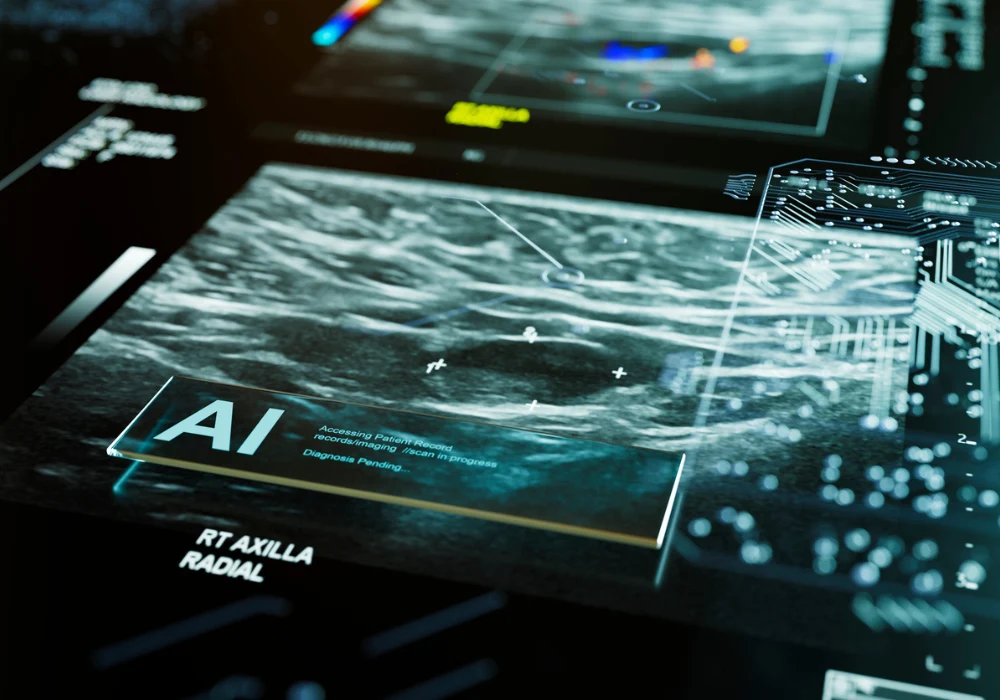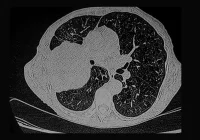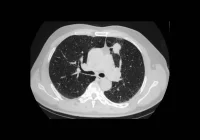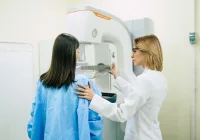Radiologists face increasing pressure to deliver rapid and accurate interpretations of a growing volume of medical imaging studies. Deep learning offers an opportunity to enhance diagnostic workflows by linking imaging data with text, streamlining reporting and supporting decision-making. Through recent advances in artificial intelligence, models that connect images and language are enabling new ways of interacting with complex radiologic information.
These models operate in distinct ways depending on their inputs and outputs. Some associate text with corresponding images, others generate text from images, and some produce images from textual descriptions. Multimodal models can process and generate both types of data simultaneously. Each of these approaches leverages technical innovations such as embedding techniques, self-supervised learning and transformer architectures to improve performance and generalisability across tasks.
Types of Models Connecting Images and Text
Models that link images and text can be divided into four categories. Text-image alignment models associate descriptions with corresponding visuals. These are particularly useful for sorting or classifying medical images based on written prompts. An example is the CLIP model, which creates a shared embedding space where images and their textual descriptions can be compared. Despite the noisy nature of internet-sourced training data, these models demonstrate strong generalisation capabilities, particularly when adapted to medical domains.
Image-to-text models take visual input and generate descriptive output. These generative models rely on transformer-based encoders and decoders to extract and translate visual features into natural language. They are well suited for captioning medical images or generating draft reports. Transformers allow these models to focus on different regions of an image, mimicking human attention patterns. Vision Transformers, which divide images into smaller patches for parallel processing, have proven effective in this domain.
Conversely, text-to-image models use written input to generate synthetic medical images. These models include a text encoder and an image decoder. Among the most prominent are diffusion models, which begin with noisy images and iteratively refine them using guidance from the input text. In healthcare, this method offers potential in data augmentation, educational tools and dataset expansion. Models such as RoentGen illustrate the promise of domain-adapted text-to-image synthesis, although challenges persist in anatomical accuracy and training data availability.
Multimodal models combine image and text inputs to generate integrated outputs, typically in the form of textual predictions. These architectures process each input type through separate encoders, combine them into a joint representation and generate output via a shared decoder. Such models mirror the multifaceted diagnostic process of radiologists who synthesise information from imaging, laboratory results and patient history. With further development, multimodal tools could enhance virtual health assistance and decision support systems.
Enabling Technologies: Embedding, Self-Supervision and Transfer Learning
At the heart of these models lies the concept of embeddings—numerical representations of data that encode semantic relationships. Words with similar meanings or images with similar features appear close to each other in embedding space. Embedding models, when trained on paired datasets, can align visual and textual concepts. In specialised fields like radiology, expert curation is necessary to ensure alignment of synonyms and clinically equivalent terms within these spaces.
Must Read: Balanced Learning for Better Radiology Reports
Self-supervised learning supports model training using unlabeled data. Instead of relying on manually annotated datasets, models learn from inherent data patterns through pretext tasks. One approach, contrastive learning, teaches the model to bring similar data pairs closer and push dissimilar ones apart. This is useful for distinguishing subtle radiologic features in the absence of extensive labeled data. Additionally, transfer learning enables models trained on general datasets to be fine-tuned for specific medical tasks, improving performance despite limited specialised data.
Zero-shot learning offers another method for extending model capabilities. It allows models to classify data they were never explicitly trained on, based on learned attributes and semantic relationships. For instance, a model trained only on hepatic hydatid cysts may still recognise splenic hydatid cysts by drawing on similarities. This approach is particularly valuable in radiology, where rare findings may not be represented in training datasets. However, zero-shot success still depends on alignment with the domain of the original training data.
Applications and Future Directions
The integration of image and text models in radiology holds promise for automating and enhancing clinical workflows. In diagnostic imaging, models can assist by drafting report sections, improving turnaround time while allowing radiologists to retain oversight. Such support may become increasingly important as imaging volumes grow. In education, synthetic image generation offers trainees additional examples for study, especially in underrepresented pathologies.
Data augmentation with text-to-image models can expand existing training datasets and reduce the need for large-scale manual annotation. This is particularly relevant in radiology, where annotated data are often scarce. Multimodal models may contribute further by synthesising patient data across formats, enhancing decision-making through richer context and interpretation.
Nonetheless, limitations remain. Models trained on general internet data often struggle with domain-specific terminology and image characteristics. Fine-tuning on radiology-specific datasets is essential but constrained by data availability. Furthermore, synthetic images must be critically evaluated for anatomical fidelity and bias. Despite these challenges, ongoing developments in model design, training strategies and dataset curation are rapidly improving performance and reliability.
Deep learning models that link medical images with textual data are reshaping the landscape of radiology. By connecting visual and linguistic information through embedding techniques, transformer architectures and self-supervised learning, these models support tasks ranging from classification to report generation and synthetic image creation. Multimodal capabilities’ integration into radiologic practice may offer efficiencies in workflow, improvements in diagnostic accuracy and new educational opportunities. The growing alignment between technical innovation and clinical needs signals a new era of augmented radiology practice.
Source: RadioGraphics
Image Credit: iStock










